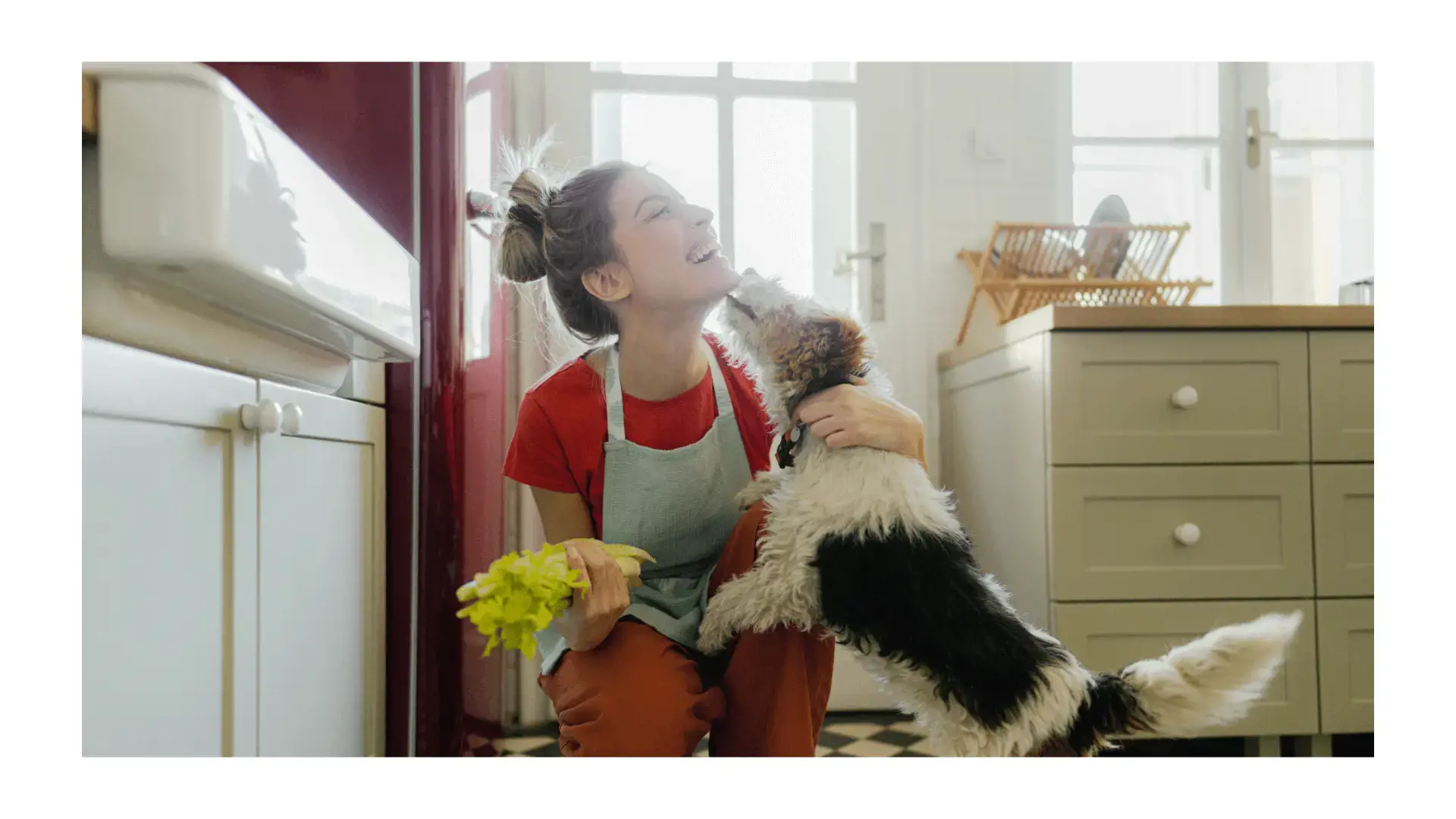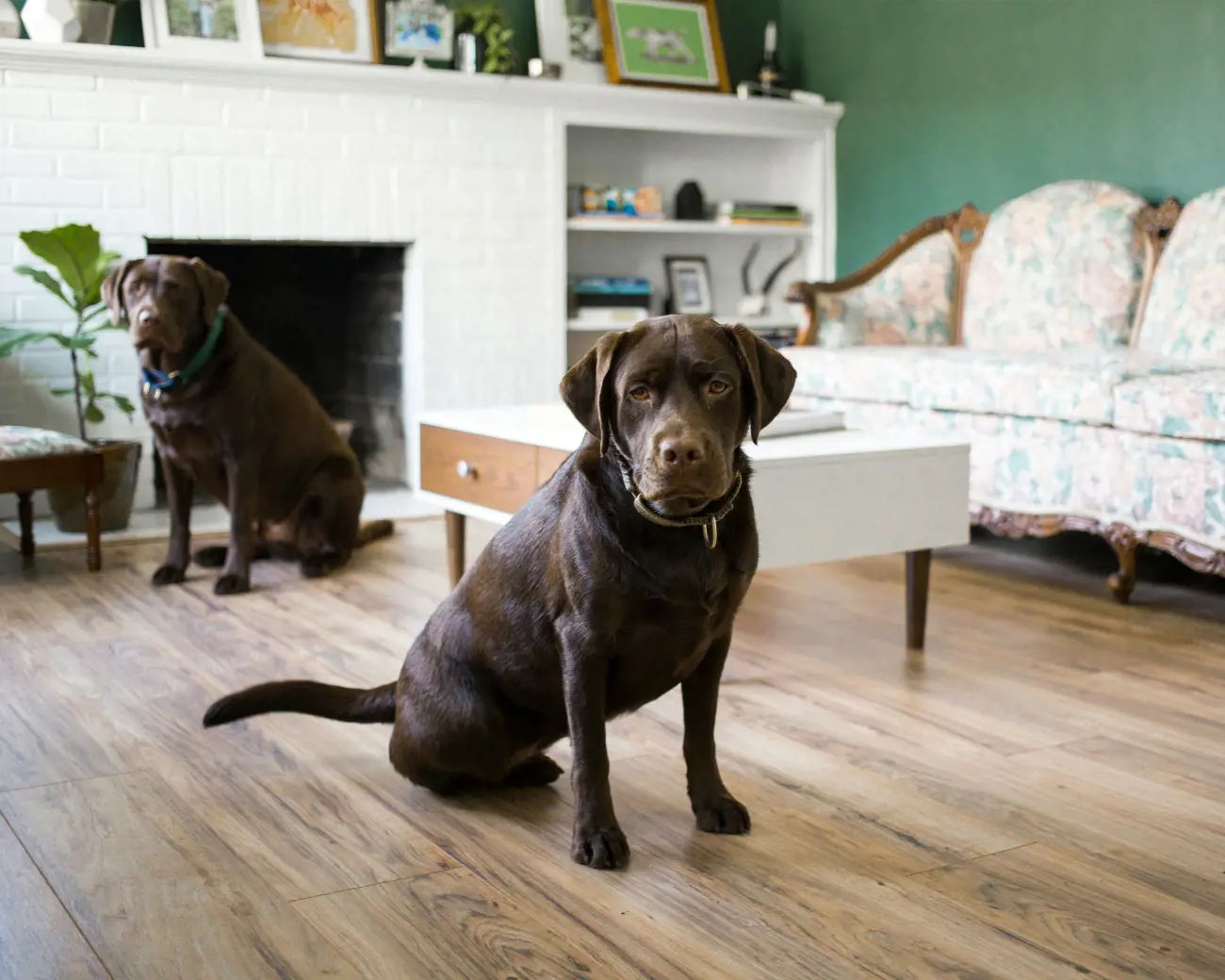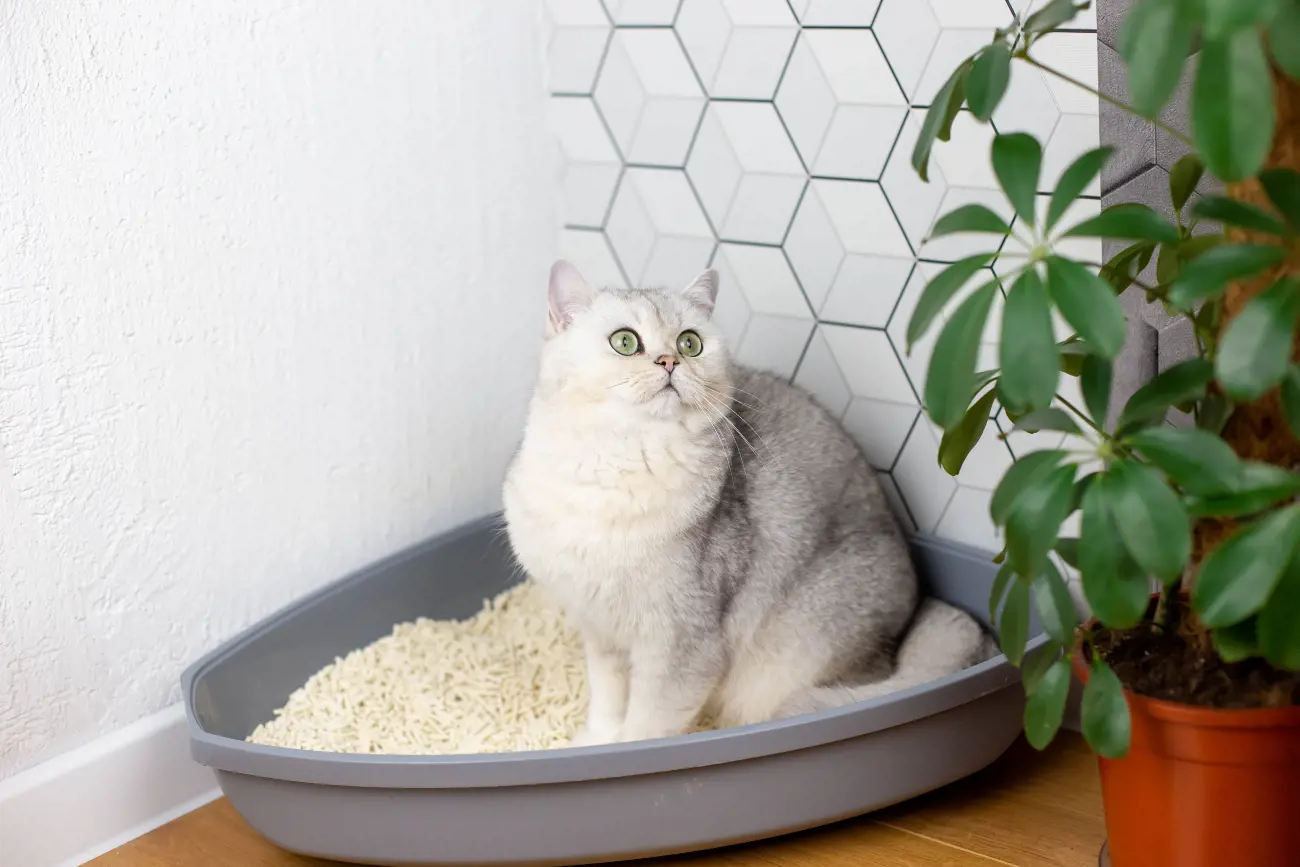Do German Shepherds shed?
8th January, 2024

Do German Shepherds shed? Many potential pet owners ponder before bringing one of these majestic creatures into their homes. German Shepherds are moderate to heavy shedders. Despite their sleek and shiny looks, these canine beauties possess a double coat which goes through a significant shedding phase twice a year, typically during spring and fall.
Shedding: A natural process
If you own a German Shepherd, shedding is a natural process that you'll need to understand and manage. Understanding shedding cycles is crucial in controlling the amount of hair your German Shepherd dog sheds out.
German Shepherds have a double coat consisting of a dense undercoat and a longer, coarser outer coat. Shedding occurs twice a year, known as the shedding season and the 'blowing coat' phase, when they shed their undercoat to remove excess fur and prepare for the changing seasons.
During this time, it's important to groom your German Shepherd regularly to remove loose hair and prevent matting. Use a de-shedding tool to remove loose hair. Regular brushing can help control shedding, remove loose fur, and keep your German Shepherd's coat healthy.
Understanding German Shepherd coat types
To better understand German Shepherd coat types, you should know that they can vary and are classified based on their length and texture.
German Shepherds have two main coat types: the double coat and the long-haired coat. The double coat consists of a dense, weather-resistant outer coat and a thick, insulating undercoat.
This type of coat requires regular grooming to prevent matting and remove loose hair. Regular brushing and occasional baths are recommended for double coats.
On the other hand, the long-haired coat is characterised by longer and softer dog fur all over the body, including the tail and ears. Grooming techniques for long-haired German Shepherds include more frequent brushing and the use of detangling products.
It's important to note that both coat types require proper care to keep healthy skin and avoid common health issues such as dry skin, allergies, hot spots, and fungal infections.
Factors that influence shedding
Wondering what factors influence shedding in German Shepherds? Understanding these factors can help you manage and control your furry friend's shedding.
Here are three key factors that influence shedding in German Shepherds:
- Seasonal shedding patterns: German Shepherds have a double coat consisting of a dense undercoat and a longer, coarser outer coat. They typically shed their undercoat twice a year, known as 'blowing coat,' which occurs in spring and fall. During these shedding seasons, you can expect a significant increase in shedding.
- Health and diet impact on shedding: A healthy diet plays a crucial role in maintaining your German Shepherd's coat health. A balanced diet rich in essential fatty acids can minimise excessive shedding. Additionally, underlying health issues, such as allergies or hormonal imbalances, can also affect shedding. Regular veterinary check-ups and a proper diet can help address these issues.
- Grooming routine: Regular grooming, such as brushing your German Shepherd's coat, can help control shedding. Brushing removes loose hair, but it also stimulates the production of natural oils, promoting a healthier coat. Using appropriate grooming tools and techniques can reduce shedding and keep your German Shepherd's coat looking its best.
German Shepherd insurance
The importance of dog insurance for your German Shepherd cannot be overstated, especially given the breed’s susceptibility to certain health issues. Having dog insurance for your German Shepherd can help offset medical costs, ensuring that your beloved pet gets the medical attention they need without breaking the bank.
It's not just about financial protection though. It's about peace of mind. Knowing that you have a safety net in case of accident or illness can relieve a lot of stress and worry.
To get a dog insurance quote for your German Shepherd you can get a quote through our website. If you would like to talk to one of our dog insurance specialists, you can get in touch with us on 0330 102 5748.
Managing German Shepherd's shedding
To effectively manage your German Shepherd's shedding habits, you can implement various hair loss strategies and techniques that will help control the amount of excess hair being in your home.
Regular grooming is essential in managing heavy shedding too. Brushing your German Shepherd's coat at least once a week can help remove loose hair and prevent it from ending up all over your furniture and floors.
Additionally, consider using a de-shedding grooming tool specifically designed for German Shepherds to effectively remove loose hair from sensitive skin under the undercoat.
Another important aspect dog lovers have to consider is allergies and shedding from dog fur. If you or someone in your home has allergies, it's crucial to manage your German Shepherd's shedding to minimise allergic reactions.
Regular vacuuming, keeping your dog's bedding clean, and washing your hands after petting your German Shepherd can help reduce allergens in your home.
Tips and tricks to minimise German Shepherd shedding

One effective way to minimise your German Shepherd shedding loose fur is by regularly grooming your German Shepherd's coat. By implementing proper grooming techniques, you can control the amount of loose hair that ends up on your furniture and clothing.
Here are three essential tips to help you manage shedding:
- Brush your German Shepherd's coat at least once a week using a high-quality shedding brush. This will help remove loose hairs and prevent them from spreading around your home.
- Consider making dietary changes to your German Shepherd's food. A balanced diet with essential nutrients can improve your dog's coat health and reduce excessive shedding. Consult with your veterinarian to determine the best diet for your German Shepherd.
- Bathe your German Shepherd regularly using a dog-friendly shampoo. This will help remove loose hairs and keep their coat clean and healthy.
Key takeaways
- Shedding is a natural process in German Shepherds and occurs twice a year during the 'blowing coat' phase.
- German Shepherds have two main coat types: double coat and long-haired coat, both of which require regular grooming to prevent matting and health issues.
- Seasonal shedding patterns occur in spring and fall, and factors such as health, diet, and grooming routine can influence shedding in German Shepherds.
- To manage shedding, regular grooming, brushing with a shedding brush, using a de-shedding tool, managing allergies, and maintaining cleanliness are important.
Frequently asked questions
Are German Shepherds hypoallergenic?
German Shepherds are not hypoallergenic. They do shed, but you can manage it effectively with regular grooming. Using grooming tools like brushes and deshedding tools can help reduce shedding in German Shepherds.
How often should I brush my German Shepherd to minimise shedding?
To minimise shedding in your German Shepherd, create a grooming schedule and brush them regularly with brushes for German Shepherds. Proper grooming techniques for the right dog breeds are essential if your dog sheds heavily consistently.
Can dog food and diet impact German Shepherd's shedding?
Your dog's food and diet can affect shedding. A balanced diet rich in essential nutrients can promote a healthy coat and reduce excessive shedding. Regular grooming also plays a significant role in minimising shedding.
Are there any supplements that can help reduce shedding in German Shepherds?
There are supplements that can help reduce shedding in German Shepherds. They can be effective in controlling the amount of hair they shed. However, there are also alternative solutions to manage shedding.
Is there a specific age when most German Shepherds start shedding more?
Around the age of 6-12 months, German Shepherds typically experience an increase in shedding. It's important to regularly brush their coat to manage the increased shedding, and keep your home clean.
Do German Shepherd puppies shed?
German Shepherd puppies do indeed shed. This breed is notorious for being heavy shedders, a fact that often takes new owners by surprise.
From the time they are puppies, German Shepherds begin to lose their fluffy puppy coat and it's replaced with an adult one. This shedding process can leave your home covered in fur if not properly managed.
Do German Shepherds bark a lot?
German Shepherds are known for their intelligence, loyalty, and versatility. These admirable qualities also include an instinct to protect and communicate, which often goes hand in hand with barking. While they may not bark excessively as compared to some other breeds, they are certainly not silent pups.
German Shepherds use their bark to alert their owners of potential threats, express their needs, or even just to grab your attention. Their level of barking often depends on their environment, training, and temperament.
For instance, if they are bored or left alone for extended periods, they may bark more out of frustration or loneliness. Similarly, if they aren't trained properly to understand when barking is appropriate, they may seem to bark excessively.
How much exercise do German Shepherd need?
These active and energetic dogs require ample physical activity to keep them healthy, engaged, and well-behaved. German Shepherds are working dogs, originally bred for herding and guarding sheep. Because of their history, they have high energy levels and stamina that need to be expended through regular exercise.
The recommended amount of exercise for a German Shepherd is at least one to two hours per day. This can include activities like walking, running, playing fetch, swimming, or mental stimulation games that keep their minds sharp.
Remember each dog is unique. Some may require more or less exercise than others based on their age, health condition and individual temperament. A sedentary lifestyle can make a German Shepherd bored and frustrated, which can lead to destructive behaviour and health problems.
Therefore, if you're planning to welcome a German Shepherd into your home, be ready to provide it with the level of physical activity it needs. Regular exercise will not only keep your German Shepherd physically fit but will also contribute to its overall happiness and well-being.
Conclusion
Overall, a German Shepherd is known to shed quite a bit. On average, they shed their coat twice a year. During this time, they can lose a significant amount of fur.
Interestingly, German Shepherds with longer coats tend to shed less than those with shorter coats. Managing their shedding can be accomplished through regular grooming, such as brushing and bathing, as well as maintaining a healthy diet and overall well being.
Helpful Pages
Recent Posts

How much should my dog sleep?
04/11/25
Cook for your Pet Day!
29/10/25
Why do Labradors always look sad?
16/10/25Pet Insurance Quote
- 98% claims paid *
- Claims paid directly to vets
- 24/7 vet video consultations
- Interest free monthly payments

